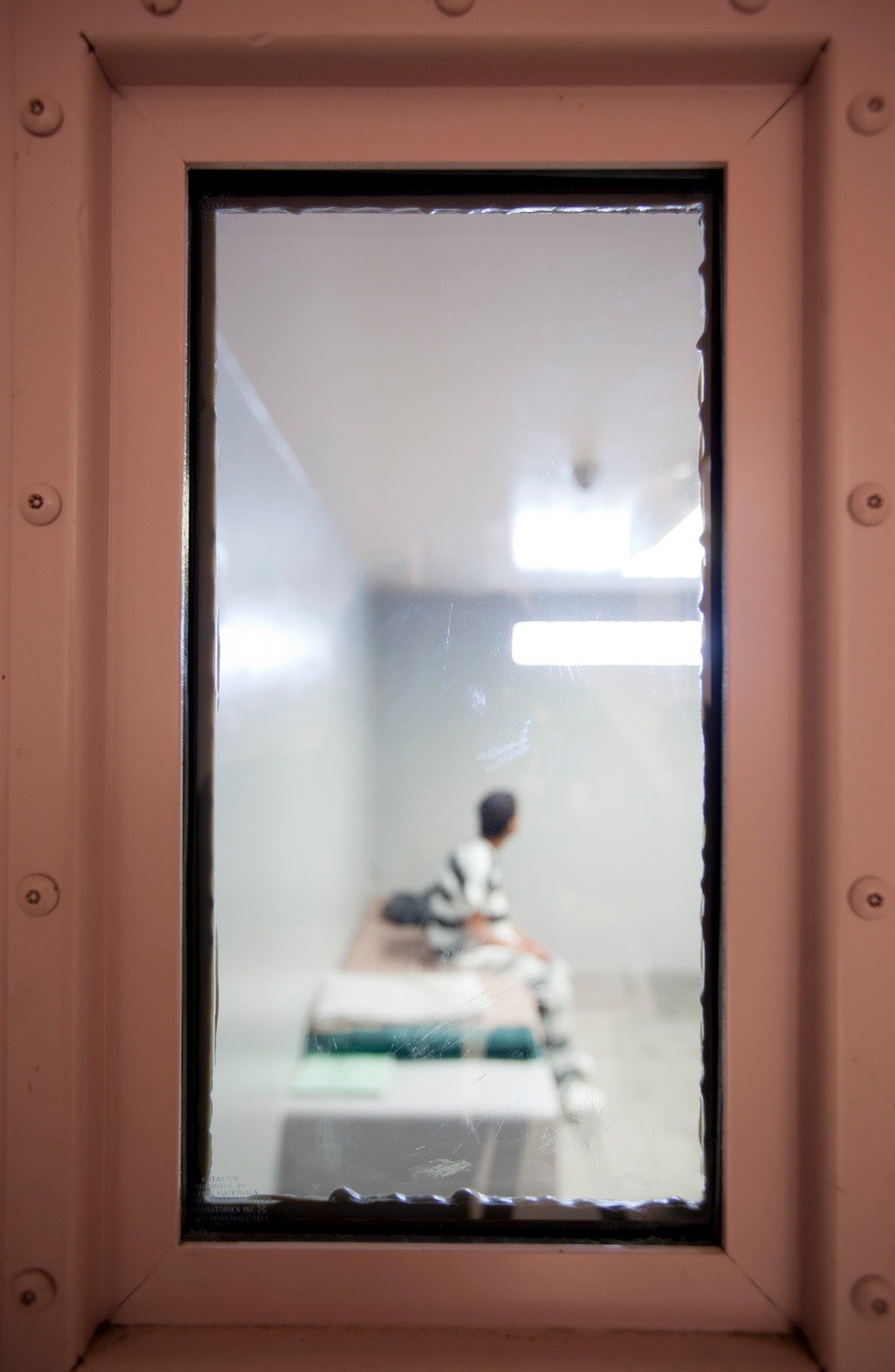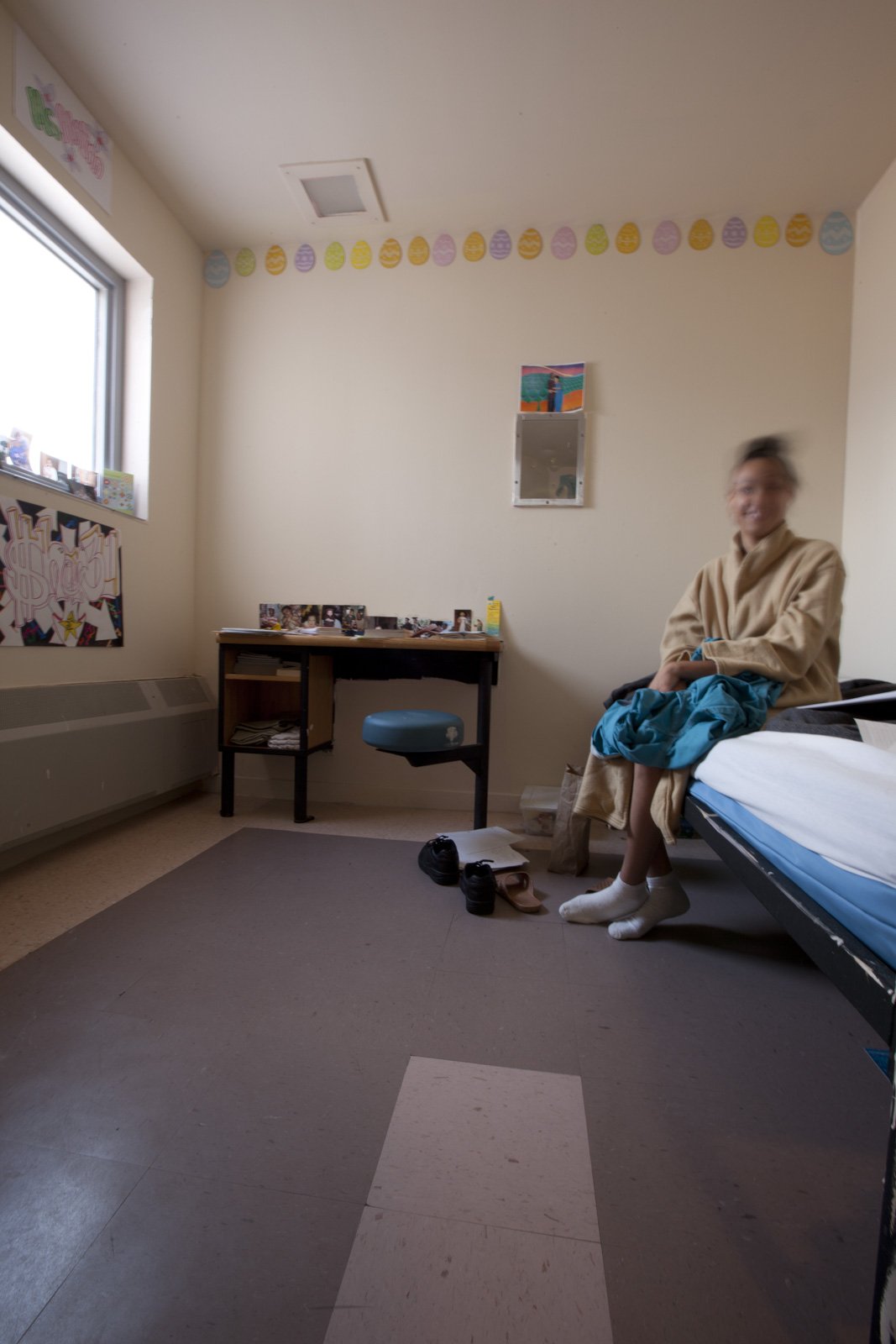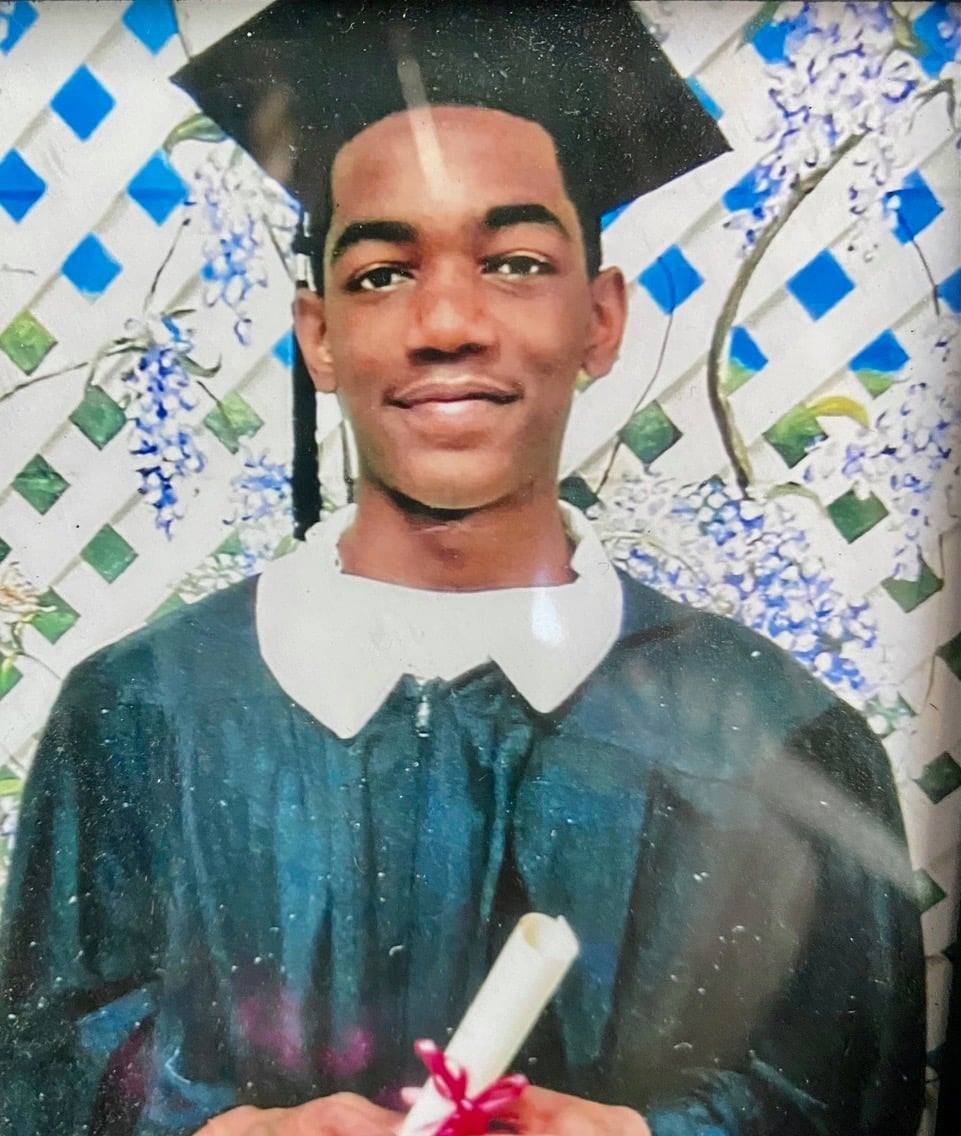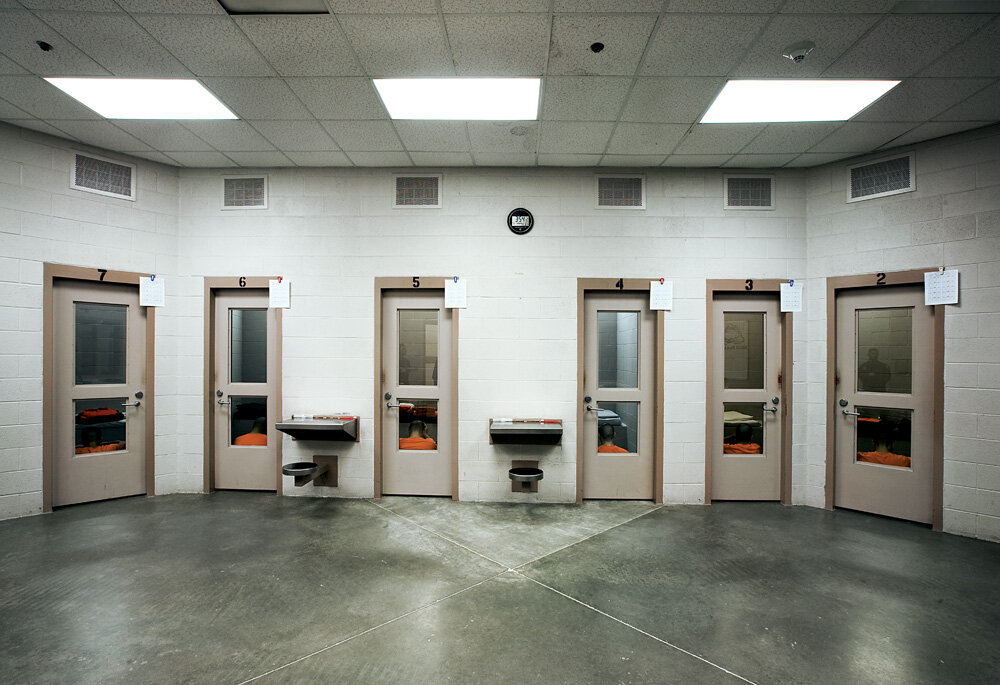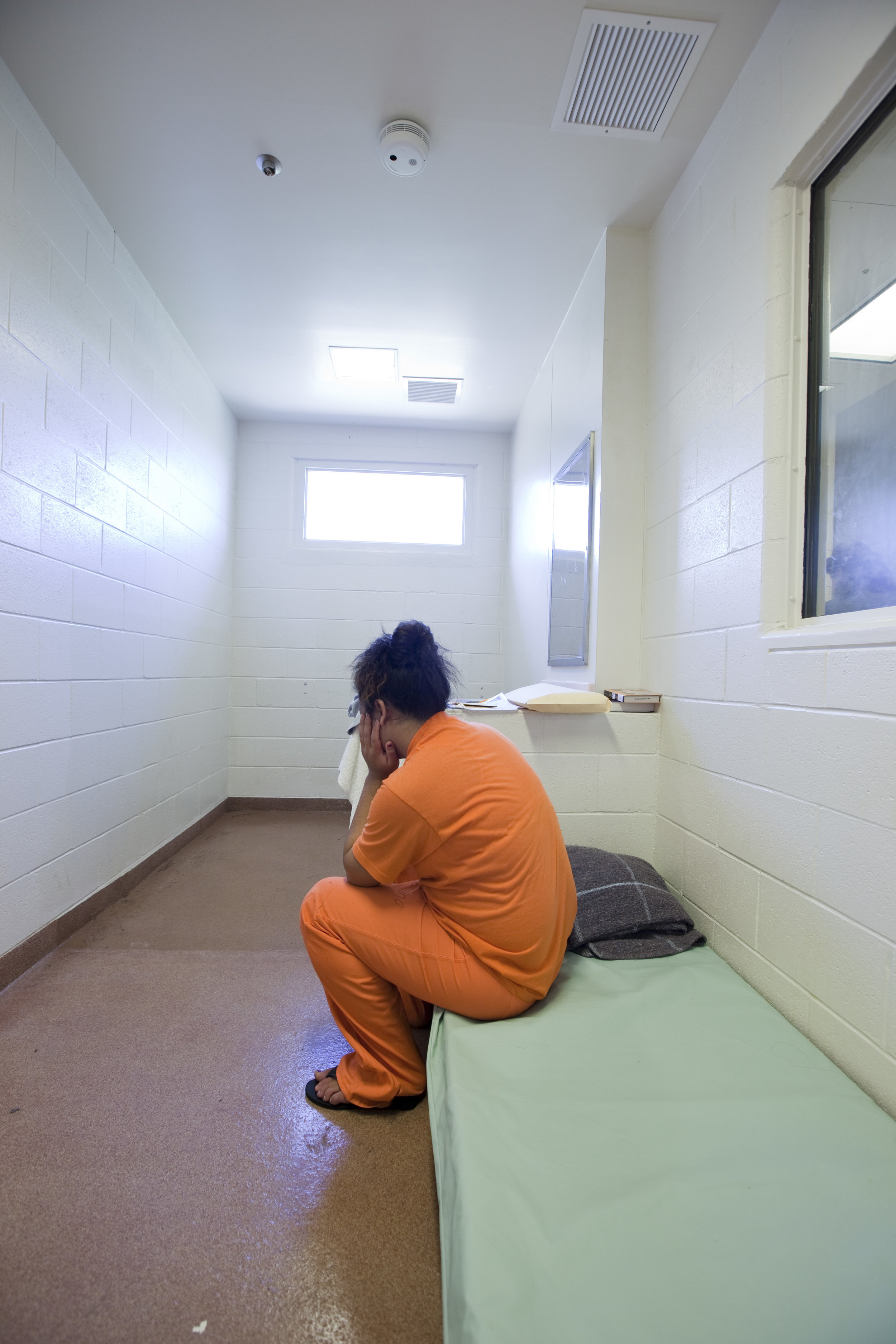Last week, a Virginia man was killed in a carjacking in DC. He was a husband, a father, and a grandfather. His name was Mohammad Anwar. Mr. Anwar immigrated to the U.S. from Pakistan in 2014 “to build a better life for himself,” said his family. He was working as an UberEats delivery driver when he was the victim of a carjacking that led to a fatal crash, killing Mr. Anwar. This event is nothing short of tragic and should never have happened. Mr Anwar should not have died this way.
Carjacking, or motor vehicle theft, is up 35% in the District since last year. As of Monday, there have been 101 carjackings in D.C. this year, compared to just 22 in 2020 over the same length of time. For some reason, kids have been increasingly involved with this sort of crime. All in all, 23 kids (aged 12-17) have been arrested in D.C. this year for carjacking alone. Police suggest that teens are more likely to be involved in this sort of crime because they “simply want the thrill of a joyride.”
In this case, the alleged perpetrators of this carjacking are two 13 and 15-year-old girls- not even old enough to drive. The teens allegedly “assaulted the victim with a taser while carjacking the victim which resulted in a motor vehicle accident," said Metro Police Department. One of them had been arrested for a similar incident earlier this year. Following the release of the rather brutal footage of the event, people are calling for these kids to be charged as adults.
In the video, one of the girls is seen jumping from the flipped vehicle, saying “My phone is in there!” Some people consider it a demonstration of apathy toward the harm they had just caused, but I would argue that it was simply an example of a child in shock; a child who had just made an arguably reckless, deadly mistake without the adult-level critical thinking skills to fully comprehend what had just happened. The girl’s stress about losing her phone gained widespread media coverage.
Brutal incidents like this often invoke a sort of knee-jerk response, causing people to call for the harshest possible punishment as they grapple with the events that led to a man’s death. It’s understandable; if something like this happened to my loved one I would be angry and so would you. But charging these kids as adults will not bring him back.
What it will do, however, is brand these kids for life for a mistake they made at 13 or 15 years old. Mr. Anwar’s life mattered, but these kids' lives do, too. These kids made a mistake- they set out to commit a crime, yes, but they had no way of knowing their plan would go horribly wrong. They caused irreparable harm, but does that mean they should be thrown away? Locked away for felony murder because of a mistake they made as teenagers?
"The 15-year-old would not be charged as an adult. You know, obviously, this is a tragic case and, you know, charging this person as an adult [who’s] a juvenile … does not bring back the lost loved one in this case," said Acting D.C. Police Chief Contee
Technically, the 15 year old could be charged as an adult in D.C. because they were charged with felony murder. Under the Felony-Murder Rule “a defendant can be convicted of murder even if the defendant did not act with intent or a reckless indifference; the prosecution must show only that the defendant participated in a felony where fatalities occurred.” These types of charges can carry either several years to a life sentence, with or without the possibility of parole.
Some states entirely ban the application of Felony-Murder Rule to children but most states do not; the District of Columbia does not. In their 2020 State Ratings report, Human Rights for Kids insists that kids fail to “appreciate the unintended consequences of their actions.” This is especially apparent in “felony murder cases where children can be criminally convicted of murder even though they did not… intend to kill anyone.” In order to be consistent with human rights standards, courts must treat children differently than adults in sentencing, and, in doing so, ban the Felony-Murder Rule for kids. That being said, D.C. does statutorily ban life without parole for juvenile offenders, yet de facto life sentences are unfortunately still on the table.
At the start of 2020, over 1,400 people in the U.S. were serving life-without-parole for offenses committed as kids. Under Graham v. Florida (2010) and Miller v. Alabama (2012), it is unconstitutional to sentence juveniles to mandatory life without parole. However, “de facto” life sentences, or “non-life sentences that are so long that the sentenced person will likely die or live out a significant majority of their natural lives” in prison remain common. As of 2016, over 2,000 people were serving de facto life sentences for something they did as a kid.
Kids’ brains are fundamentally different from adults when it comes to decision making. Brain development evidence indicates that teens are less likely to think before they act or pause to consider the consequences of their actions because that critical parts of the brain are not fully developed until age 25. Even by age 18, the prefrontal cortex (the part of the brain that helps inhibit impulses) is not fully developed. You can’t even rent a car until the age of 25, so why should someone be charged as an adult and virtually sentenced to life without parole for a decision they made when they were 15?
Adolescence is marked by “immaturity, impetuosity, and a failure to appreciate risks and consequences,” argues Supreme Court Justice Kagan in Miller (2012.) Not only that, but Kagan argues that kids are at a fundamental disadvantage in criminal proceedings because they are less able to assist in their own defense and “are likely to respond poorly to the high pressures of interrogation” (Sentencing Project.)
Luckily, the 13 and 15-year-olds’ case is being handled in juvenile court, where officials have “rightly stressed rehabilitation rather than punishment of troubled youths.” The prosecution is likely to offer them a plea deal. Still, public outcry demands they be charged as adults; if that was your first response to an incident like this, too, I urge you to consider why? Why is our go-to response in terrible incidents like this punishment and vengeance? What does this say about our current perception of justice? Why do we equate punitive vengeance to remedying harm? Why are we so reluctant to show mercy for children, despite the mistakes they made and harm they caused? Think about these questions and really dig deep to find the answer.
Charging them as adults and locking them up for life won’t bring Mr. Anwar back. It won’t repair the harm and pain inflicted upon his family and friends. Treating these kids as adults, branding them for life when they aren’t even old enough to drive a car, buy cigarettes, or vote- that’s not justice. How can we honor him without throwing away these kids' lives?
Resources to learn more:
GoFundMe for Mr. Anwar’s family
The Sentencing Project: Juvenile Life Without Parole: An Overview
Our blog post on De Facto Life Sentences
Interviews with Juvie Lifers
***
Article composed April 19th, 2021

